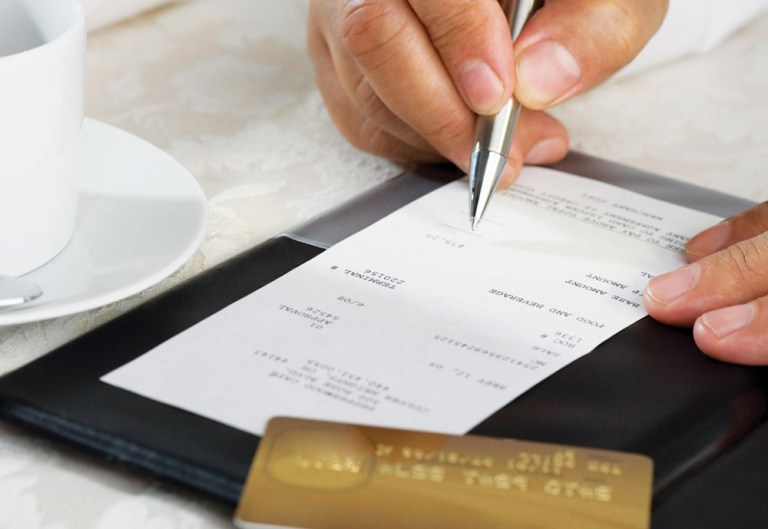
Signing at the end of a transaction at the physical point of sale is hardly ever about showing off a consumer’s best penmanship. Often distracted and always in a hurry, buyers typically produce what could only be described as a cross between modern art and a second grader’s early attempts at cursive.
And nothing that could ever be mistaken for a proper human name.
If it mattered, maybe consumers would make more of an effort. But since no one has ever stopped someone who placed a big scribble in the “sign here” box, people have been trained that it must not be that important – so they don’t bother.
It’s also why consumers are being asked for their John Hancock increasingly less often during retail transactions. Mastercard EVP, Linda Kirkpatrick, told Karen Webster that today, more than 80 percent of all Mastercard transactions in North America don’t require a cardholder signature at checkout.
And it’s also the reason that Mastercard is announcing today that they will eliminate the requirement for a signature at the point of sale, effective as of April 2018.
“We are at a transitional period in payments,” Kirkpatrick told Karen Webster in a conversation shortly before the news broke. “The way our rules are written, merchants don’t even have to ask for the signature 80 percent of the time, but we felt it was important to go the final mile.”
Kirkpatrick acknowledged that requiring a signature at checkout is a holdover from the days of only plastic cards, when signatures on the back of cards served a purpose. Now, she said, they only slow things down at checkout. In the era of EMV and ever-improving biometric authentication methods, she noted, it is a protocol that has simply outlived its usefulness.
“We’re at the right point in time in the evolution of digital payments to make the change,” she said.
Managing Better For The Merchants
Friction comes in many forms at checkout, physical and virtual. And at the physical point of sale, every second counts. Getting rid of the couple of seconds that it takes to sign are seconds that merchants can use to move people through the line more quickly.
That, said Kirkpatrick, is a win for everyone: It’s good for consumers, who can get out of line more quickly, and great for the merchant who doesn’t have to train a cashier or force consumers to wait in line longer than needed.
It’s a position with which the nation’s largest retailer, Walmart, is in full agreement.
“We are excited Mastercard has taken this step to remove the practice of collecting customers’ signatures at the register,” Walmart said through a spokesperson. “Removing this step at checkout will save time for our customers and decrease the expense associated with storing and presenting signatures back to the issuer, all while preserving security for customers. We anticipate this will result in savings that can be used to continue to lower prices for our customers.”
And, Kirkpatrick noted, those benefits are accruing without any loss or increased risk to either party. The consumer still enjoys the same zero fraud liability they always have, while the merchant relies on things like tokens, EMV and biometrics instead of scribbled gibberish that serves as nothing more than a proxy for the customer’s name.
Kirkpatrick emphasized that merchants don’t have to change if they don’t want to – some merchants in higher risk geographies or categories may still require a signature. But they have the option to decide, as the network requirement will be removed as of April 2018.
Moving forward, whether the customer is spending $60 on health and beauty products at their favorite cosmetics store — or dropping four times that at a luxury department store, the retailer can decide whether or not they want that customer’s autograph at checkout.
“Merchants selling bigger ticket items may still want to have it there, because there is some element of signing [off on it] that feels like it adds a layer of protection,” Kirkpatrick said. “There is literally just no reason not to give our merchants a choice here – and from what we are hearing so far, they are over the moon about it.”